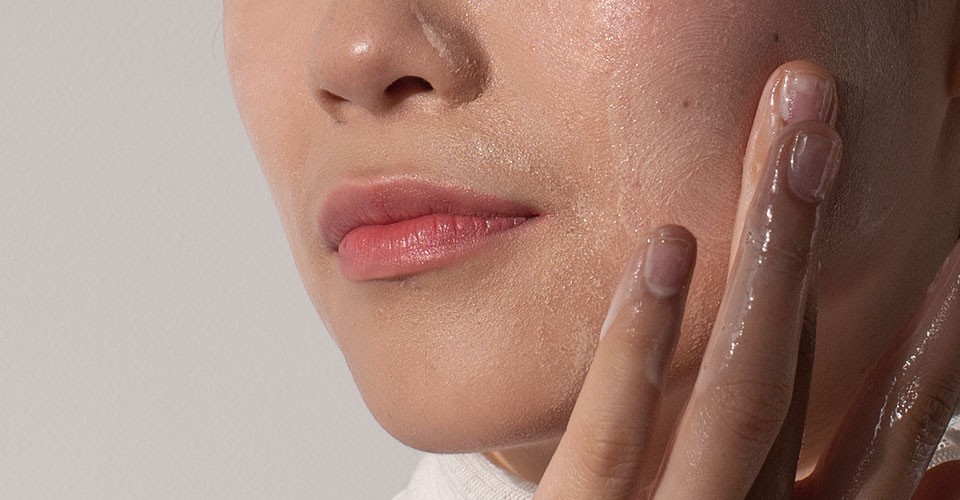What Are the Areas of Skin Where Psoriasis Commonly Occurs?
Understanding psoriasis is crucial for beauticians who aim to provide comprehensive care for their clients. This skin condition can often lead to discomfort and self-esteem issues. To better assist clients, it's essential to know what are the areas of skin where psoriasis commonly occurs. This knowledge not only enhances client relationships but also positions beauticians to offer tailored skin care solutions.
Psoriasis is a chronic autoimmune condition that triggers the rapid growth of skin cells, leading to patches of thick, red skin covered with silvery scales. Though it can occur anywhere on the body, some areas are more prone to outbreaks. Let's dive into this topic to understand the specific areas affected and how beauticians can help.

Common Areas Affected by Psoriasis
Psoriasis can manifest on several parts of the body. The most common areas affected include:
- Scalp: This is one of the most visible areas for psoriasis outbreaks. Scalp psoriasis often appears as red patches covered with thick, silvery-white scales.
- Elbows and Knees: These areas are frequently affected due to their tendency for friction and trauma.
- Lower Back: The lower back can also be a hotspot for psoriasis, often causing discomfort when sitting or leaning.
- Nails: Psoriasis can affect the nails, causing pitting, abnormal nail growth, or discoloration.
- Genital Area: Psoriasis can be uncomfortable and embarrassing in this sensitive area, where flare-ups can occur.
Identifying Psoriasis Types
Not all psoriasis is the same, and different types can appear in various areas. The knowledge of these different psoriases types is vital for beauticians working closely with affected clients:
- Plaque Psoriasis: This is the most common type, typically appearing on the scalp, elbows, knees, and lower back.
- Guttate Psoriasis: Generally appears as small, drop-shaped lesions often on the torso and limbs. If you want to learn how to manage this effectively, you can check out [How to Stop Guttate Psoriasis Spreading](https://livananatural.com/blogs/news/how-to-stop-guttate-psoriasis-spreading).
- Inverse Psoriasis: This form affects skin folds such as armpits, groin, or under the breasts.
- Pustular Psoriasis: Characterized by white pustules (blisters) surrounded by red skin that can develop anywhere on the body.
Symptoms and Diagnosis
Beauticians should be alert for the various symptoms of psoriasis, including:
- Red patches of skin covered with thick, silvery scales
- Dry, cracked skin that may bleed
- Itching, burning, or soreness
- Thickened or pitted nails
If clients exhibit these symptoms, you may want to refer them to a dermatologist for a proper diagnosis. More detailed information on the effects of this condition can be found [here](https://my.clevelandclinic.org/health/diseases/25047-psoriasis-on-the-face).
The Impact on Client Relationships
For beauticians, having a strong understanding of what are the areas of skin where psoriasis commonly occurs is invaluable. Clients may feel self-conscious about their condition, and offering reassurance, combined with informed recommendations, can greatly enhance their experience. Clients might appreciate tailored skincare products or solutions that target specific areas.
Skincare Recommendations for Psoriasis
Here are some skincare tips that beauticians can provide to clients with psoriasis:
- Use gentle, fragrance-free products to avoid irritation.
- Encourage moisturizing creams to combat dryness and flaking.
- Suggest Oatmeal baths as a soothing form of treatment.
- Introduce topical treatments that may help reduce skin inflammation.
For further information on managing psoriasis symptoms, consider reading [How to Stop Psoriasis Itching Immediately](https://livananatural.com/blogs/news/how-to-stop-psoriasis-itching-immediately).
Remain Current with Psoriasis Treatment
Staying informed about the latest treatments and management strategies for psoriasis is essential. New therapies and products continually enter the market. Understanding the root causes as addressed in [What Causes Psoriasis Flare-Ups](https://livananatural.com/blogs/news/what-causes-psoriasis-flare-ups) can also help beauticians provide a more supportive relationship with their clients.
Frequent Myths and Misconceptions
Beauticians should actively combat the common misconceptions surrounding psoriasis. Some common myths include:
- Myth 1: Psoriasis is contagious.
- Myth 2: It's just a skin condition without serious health implications.
- Myth 3: All lotions and creams will worsen the condition.
However, understanding the actual facts will allow beauticians to better educate their clients and alleviate them from unwarranted concerns.

Conclusion
In conclusion, knowing what are the areas of skin where psoriasis commonly occurs allows beauticians to better assist their clients. Education on the types, symptoms, and skincare recommendations surrounding psoriasis enhances the beautician-client relationship and helps maintain skin health. By remaining informed, beauticians will empower their clients and contribute positively to their self-esteem.
FAQ
1. Can psoriasis be cured?
Currently, there is no cure for psoriasis, but there are effective treatments available to manage symptoms.
2. What triggers psoriasis flare-ups?
Triggers can include stress, skin injuries, infections, and certain medications. Understanding these can aid in prevention.
3. Is psoriasis more common in certain demographics?
Yes, psoriasis can affect anyone but is more common in people aged 15-35 and shows a slight preference for men over women.

